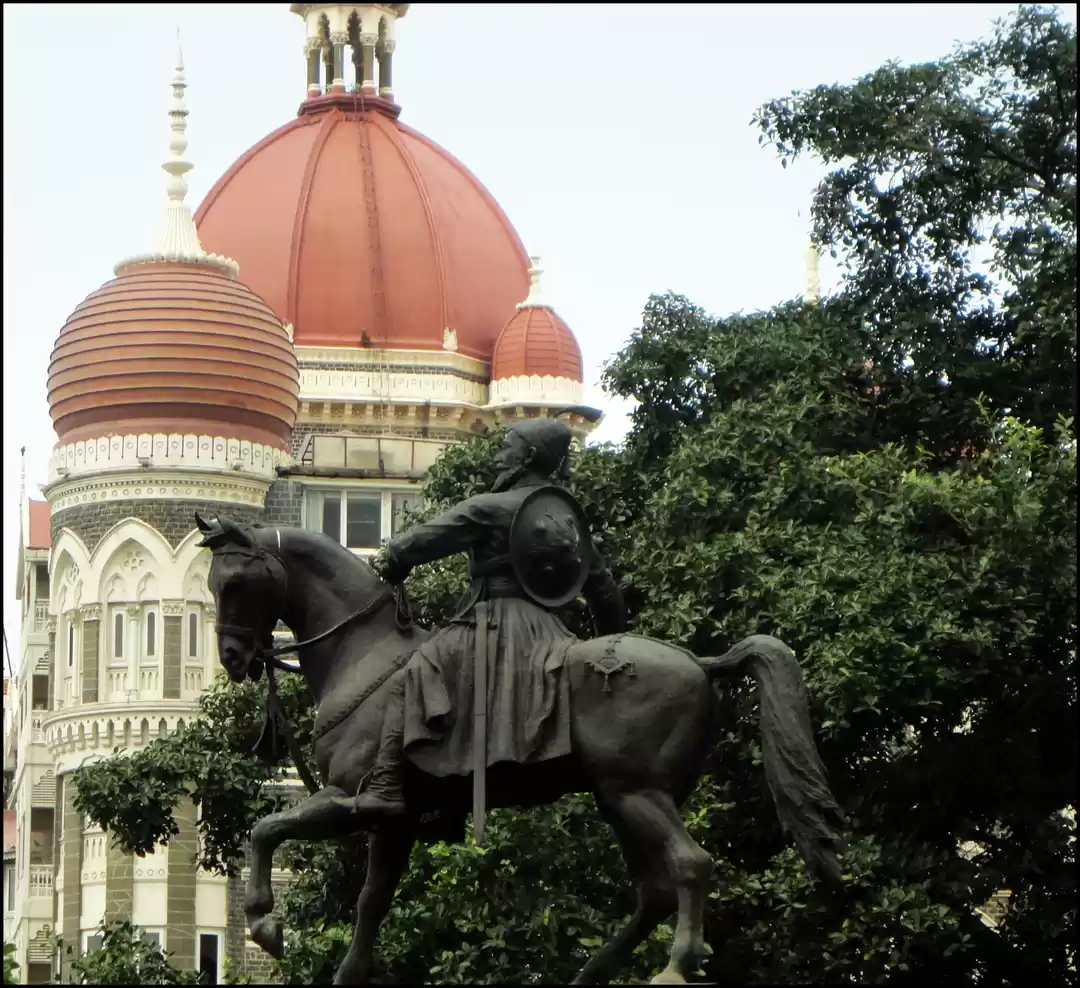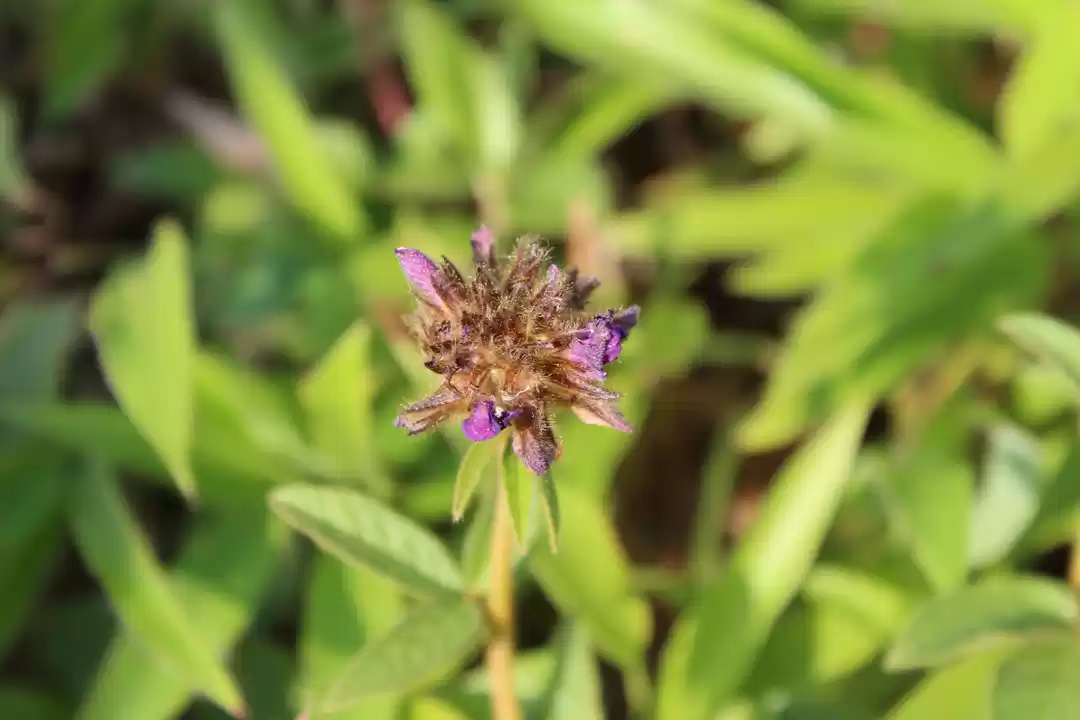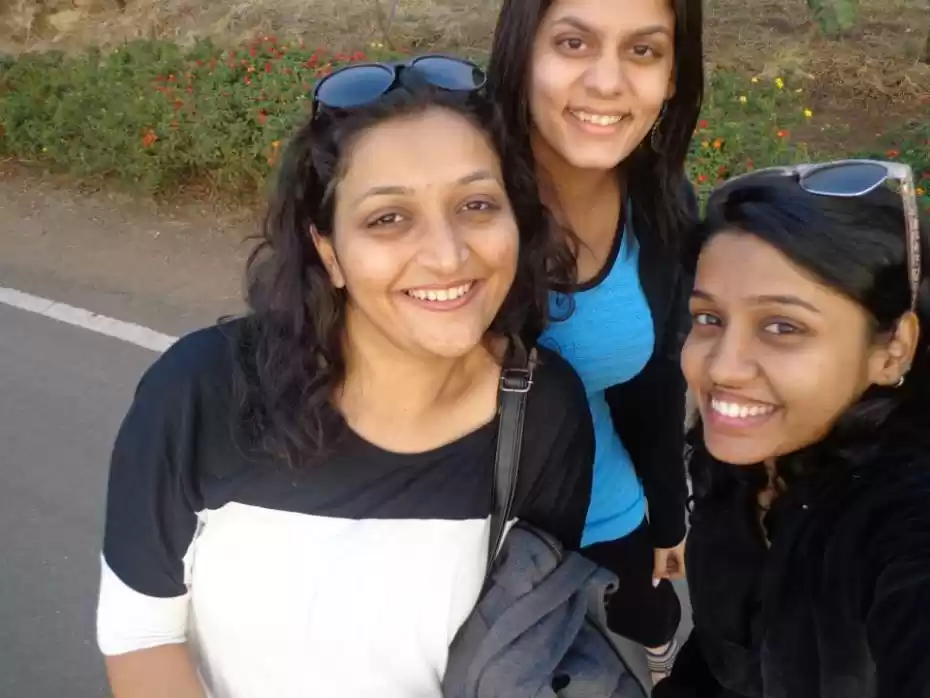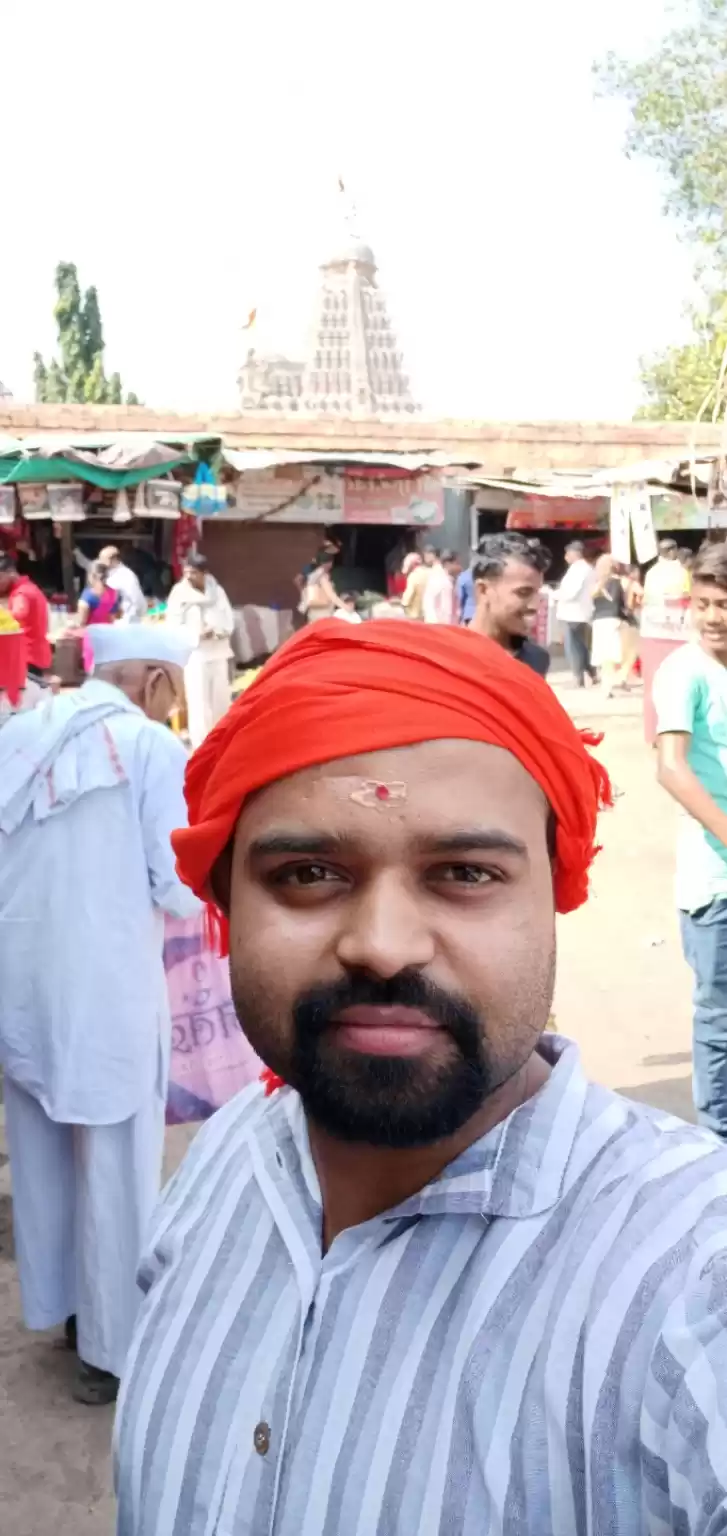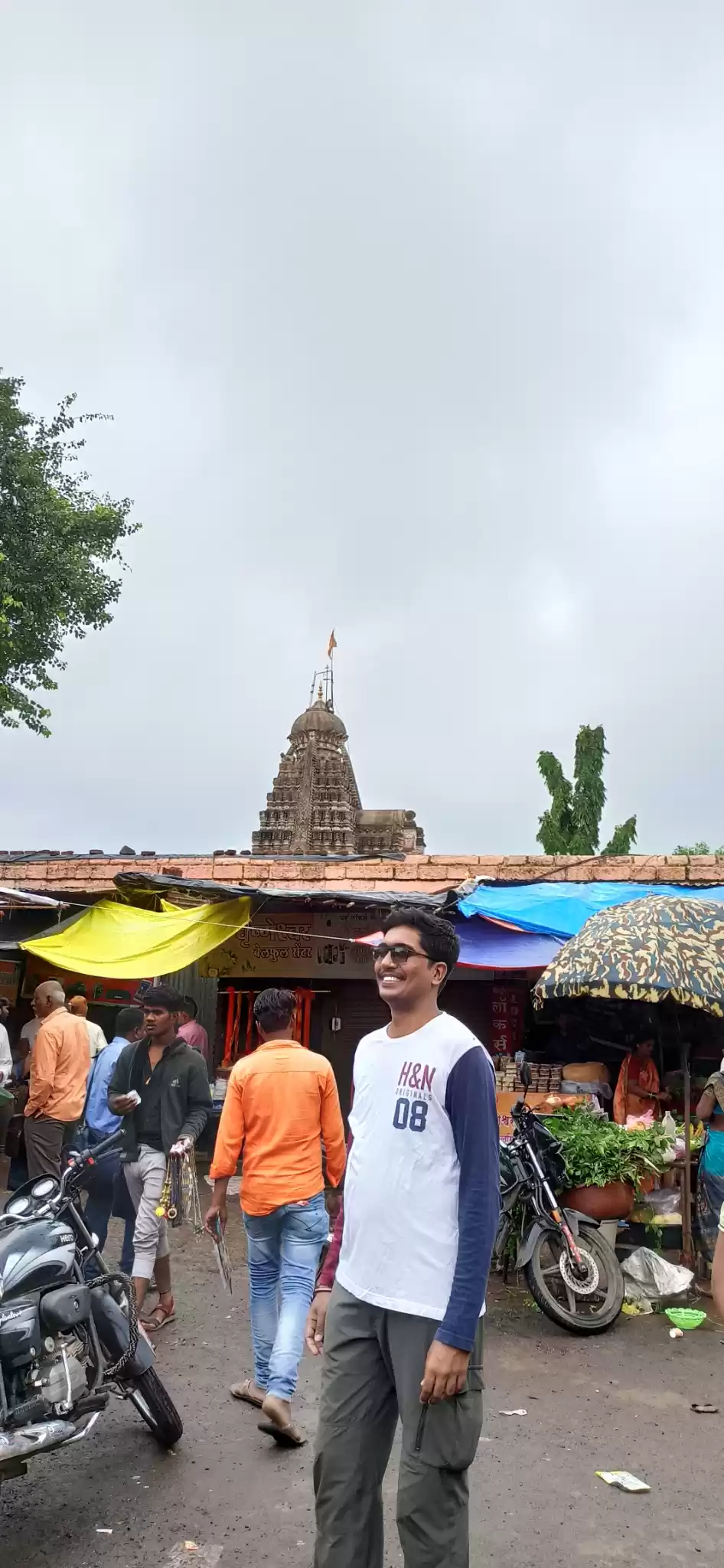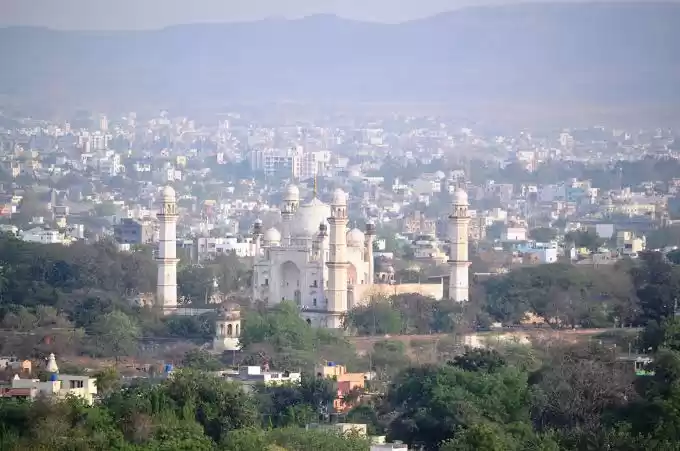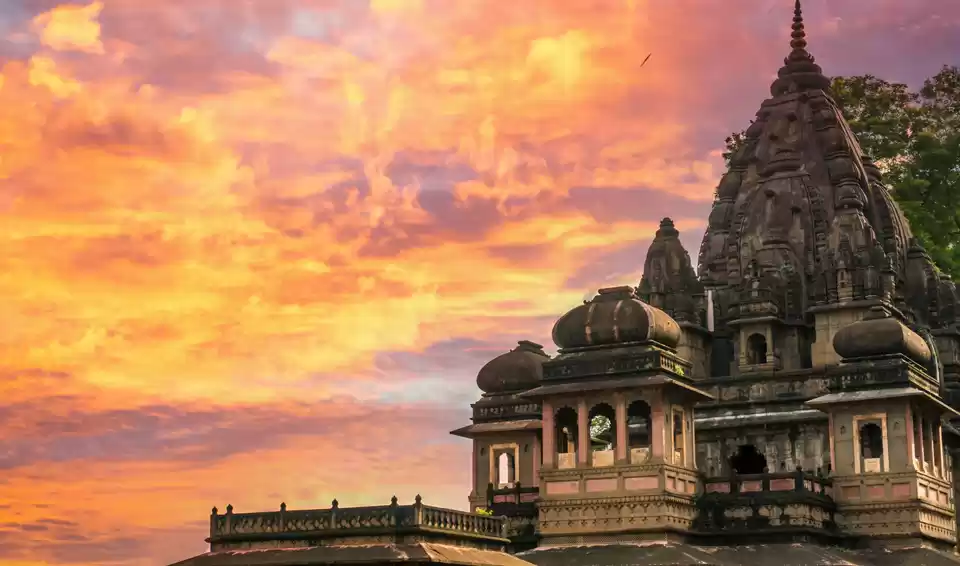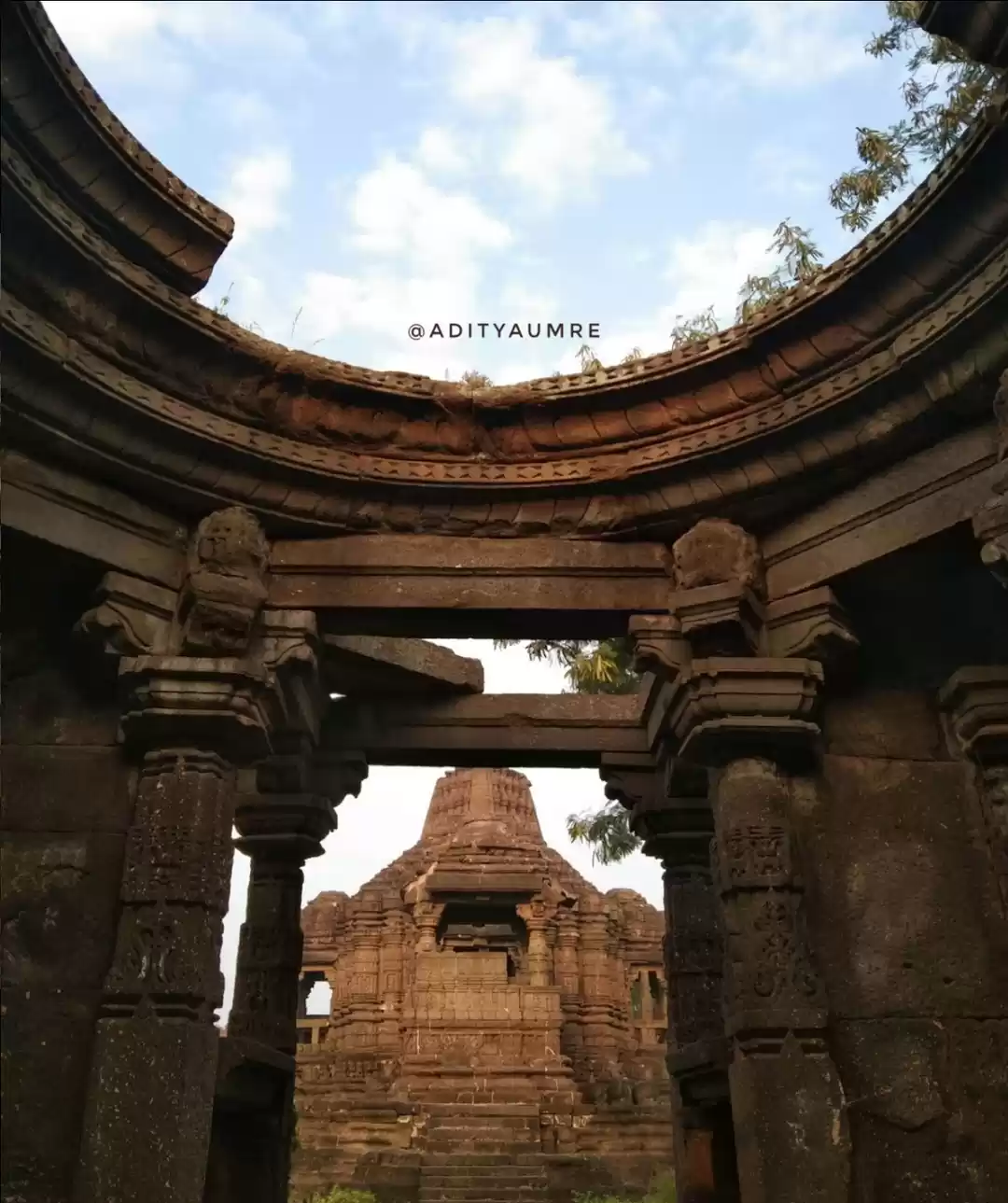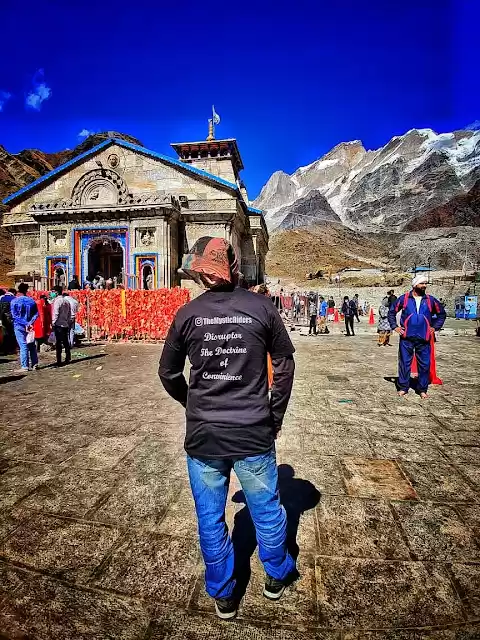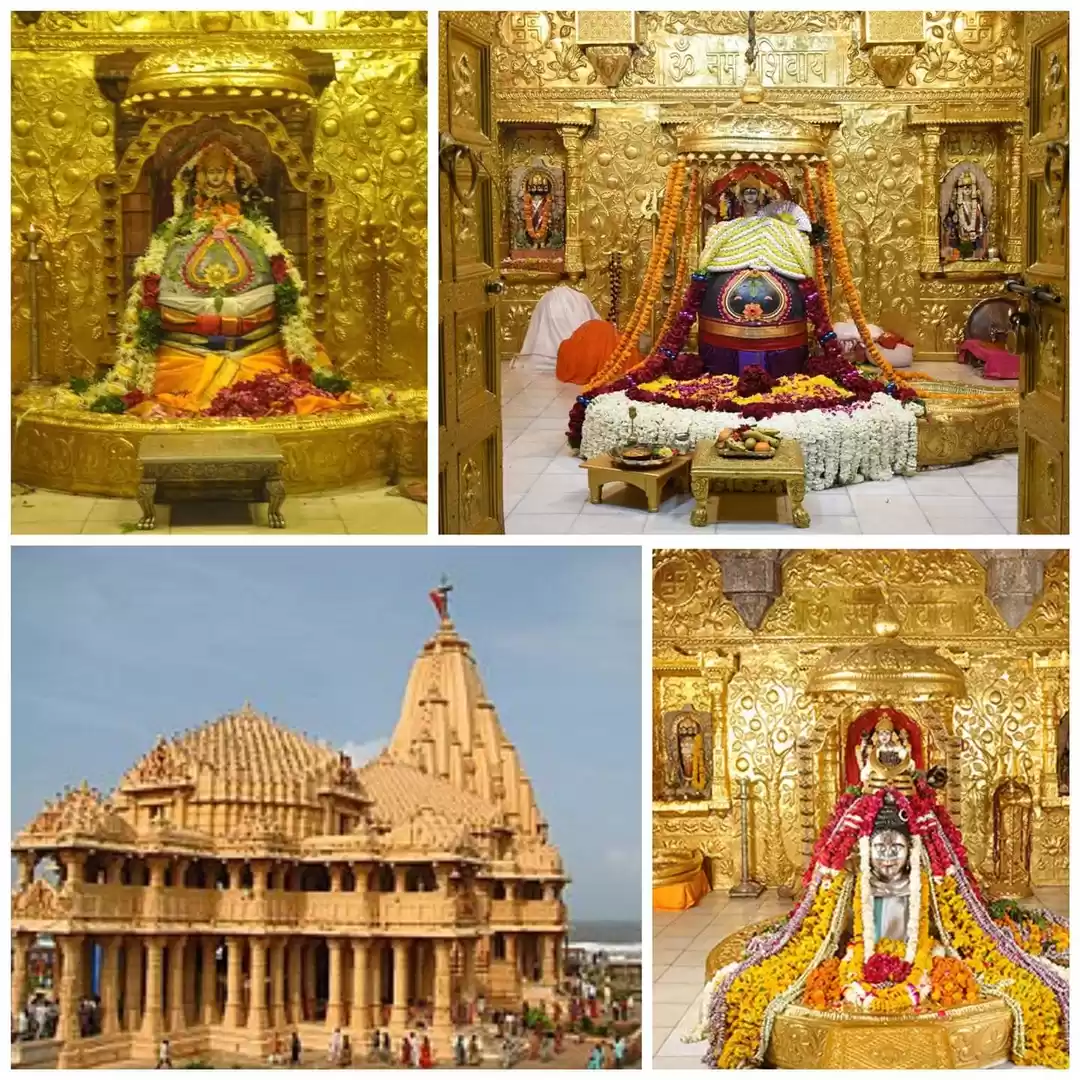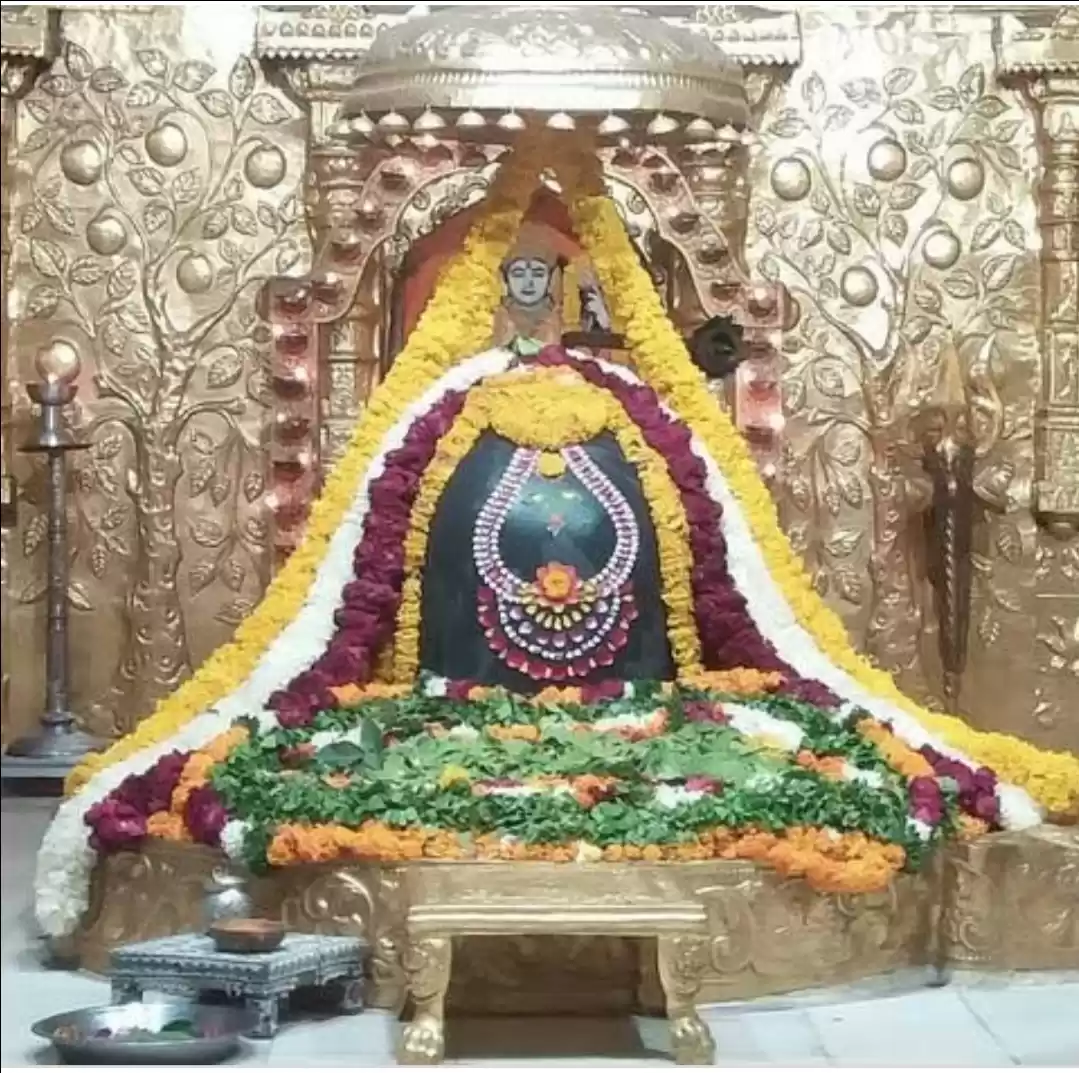Have you ever wondered what it would be like to visit a temple that is not only one of the holiest Hindu pilgrimage sites in India, but also a UNESCO World Heritage Site? A temple that has a history dating back to the ancient times, a legend that showcases the power and compassion of Lord Shiva, and an architecture that is a marvel of art and craftsmanship? If yes, then you should definitely plan a trip to Grishneshwar Temple, the home of the 12th and last Jyotirlinga on earth.

Grishneshwar Temple is located near Ellora Caves in Aurangabad district of Maharashtra. It is one of the 12 Jyotirlingas, which are the most sacred manifestations of Lord Shiva. The name Grishneshwar means “the lord of compassion”, and it reflects the benevolence of Lord Shiva towards his devotees.
In this article, we will tell you everything you need to know about this divine destination, such as its history, architecture, legend, rituals, festivals, and nearby attractions. Read on to find out why Grishneshwar Temple is a must-visit place for anyone seeking a spiritual experience in India.
History of Grishneshwar Temple
The origin and meaning of the name Grishneshwar are mentioned in the Shiva Purana, one of the ancient Hindu scriptures. According to the Shiva Purana, there was once a devout woman named Kusuma who worshipped a Shiva Linga made of sand every day. Her husband had another wife who was jealous of her devotion and killed her son by drowning him in a well. Kusuma continued to worship the Shiva Linga even after losing her son and Lord Shiva appeared before her and revived her son as a reward for her faith. He also declared that the place where Kusuma worshipped him would be known as Grishneshwar and he would reside there as the 12th Jyotirlinga.
The history of Grishneshwar Temple is also intertwined with the history of India. The temple was first built before the 13th century by an unknown ruler. It was later destroyed by Allauddin Khilji, the Sultan of Delhi, in his invasion of Deccan. It was then rebuilt by a local ruler named Raja Dharashraya in the 14th century. It was again destroyed by Malik Kafur, another invader from Delhi, in the 15th century. It was then reconstructed by Raja Krishnaraya Yadav in the 16th century. It was again demolished by Aurangzeb, the Mughal emperor, in the 17th century. It was then restored by Rani Ahilyabai Holkar, the queen of Indore, in the 18th century. The current structure of the temple is attributed to her and it is considered as one of her finest works.
Also Read: Guide to Aurangabad Sightseeing
The temple is located about 30 km from Aurangabad city and about 2 km from Ellora Caves. It covers an area of about 240 x 185 feet and has a height of about 240 feet. It is situated on the banks of a stream called Shivalaya, which is believed to be a tributary of the holy river Ganga. The temple is open for visitors from 5:30 am to 9:30 pm every day. The entry fee is Rs. 10 per person and there is no charge for photography or videography.
Architecture of Grishneshwar Temple
The architecture of Grishneshwar Temple is a blend of South Indian and Maratha styles. The temple is made of red sandstone and black basalt and has a five-tiered shikhara (spire) on top. The shikhara has intricate carvings and sculptures depicting various deities, animals, flowers, and geometric patterns. The temple has a large courtyard with a Nandi (bull) statue facing the main entrance. The main entrance has a porch with pillars and arches decorated with floral motifs.
The sanctum sanctorum (innermost chamber) of the temple houses the Shiva Linga that can be touched by devotees. The Shiva Linga is about 60 cm high and 45 cm wide and has a silver snake coiled around it. The sanctum sanctorum also has an idol of Lord Vishnu behind the Shiva Linga. The inner chambers of the temple have murals depicting Lord Vishnu’s avatars (incarnations), such as Matsya (fish), Kurma (tortoise), Varaha (boar), Narasimha (man-lion), Vamana (dwarf), Parashurama (axe-wielder), Rama (prince), Krishna (cowherd), Buddha (enlightened one), and Kalki (future one).
The temple also has a hall with 12 pillars, each representing one of the 12 Jyotirlingas. The hall has a silver-plated door with images of Lord Ganesha and Goddess Lakshmi. The temple also has a circumambulatory path with niches containing idols of various gods and goddesses, such as Brahma, Saraswati, Kartikeya, Parvati, Ganesh, Nandi, and Hanuman.
Legend of Grishneshwar Temple
The legend of Grishneshwar Temple is one of the most fascinating and inspiring stories in Hindu mythology. It showcases the power and compassion of Lord Shiva and how he fulfills the wishes of his devotees. The legend is as follows:
There was once a devout woman named Kusuma who was married to a man named Sudharma. Sudharma had another wife who was barren and jealous of Kusuma’s fertility and devotion. Kusuma had a son named Shiva who was very dear to her. She used to worship a Shiva Linga made of sand every day and offer flowers, fruits, milk, and water to it. She also used to immerse the Shiva Linga in a nearby well after her worship.
One day, Sudharma’s other wife saw Kusuma worshipping the Shiva Linga and became curious. She followed her to the well and saw her immersing the Shiva Linga in it. She waited for Kusuma to leave and then took out the Shiva Linga from the well and threw it away. She also took Kusuma’s son Shiva and drowned him in the well.
When Kusuma returned to the well the next day, she could not find her Shiva Linga or her son. She was devastated and cried out to Lord Shiva for help. Lord Shiva heard her prayers and appeared before her in his glorious form. He told her that he was pleased with her devotion and that he would grant her any boon she wished. Kusuma asked him to revive her son and return her Shiva Linga. Lord Shiva obliged and brought back her son from the dead and gave her back her Shiva Linga. He also declared that he would reside at that place as the 12th Jyotirlinga and that he would be known as Grishneshwar, the lord of compassion.
Kusuma was overjoyed and thanked Lord Shiva for his kindness. She also asked him to bless her husband’s other wife with fertility and forgiveness. Lord Shiva granted her wish and blessed both the wives with happiness and harmony. He also blessed Kusuma’s son with a long and prosperous life.
Rituals and Festivals at Grishneshwar Temple
Grishneshwar Temple is a place where devotees can perform various rituals and celebrate various festivals throughout the year. Some of the rituals that are performed at the temple daily are:
Abhishekam: This is a ritual where devotees bathe the Shiva Linga with water, milk, honey, curd, ghee, sugar, or coconut water. This is done to express their love and gratitude to Lord Shiva and to seek his blessings.
Aarti: This is a ritual where devotees wave lamps before the deity while chanting hymns or songs in praise of Lord Shiva. This is done to express their devotion and admiration to Lord Shiva and to seek his protection.
Prasad: This is a ritual where devotees offer food or sweets to the deity as a sign of their respect and gratitude. They also receive some of the food or sweets as prasad (blessed food) from the temple priests. This is done to share their joy and happiness with Lord Shiva and to seek his grace.
Darshan: This is a ritual where devotees view or gaze at the deity with reverence and faith. This is done to establish a connection with Lord Shiva and to seek his guidance.
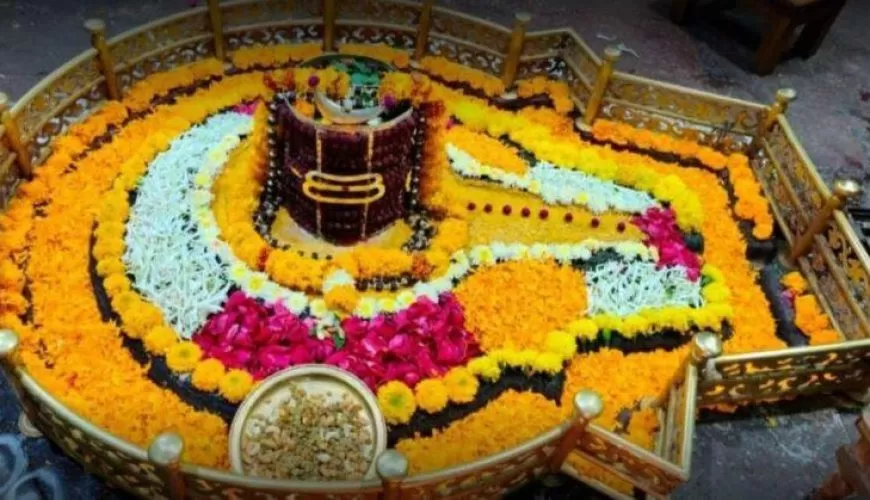
Some of the festivals that are celebrated at the temple annually are:
Maha Shivaratri: This is the great night of Lord Shiva that falls on the 14th night of the dark fortnight in February or March. This is the most auspicious day for worshipping Lord Shiva as it marks his marriage anniversary with Goddess Parvati. Devotees observe fasts, perform abhishekam, offer bilva leaves (a sacred leaf associated with Lord Shiva), chant mantras, sing bhajans, perform dances, and stay awake all night in his honor.
Shravan Maas: This is the holy month of Lord Shiva that falls in July or August. This is the month when Lord Shiva drank the poison that emerged from the churning of the ocean by gods and demons. Devotees observe fasts on Mondays, perform abishekam, offer bilva leaves, wear rudraksha beads (a sacred seed associated with Lord Shiva), and visit the temple to seek his blessings.
Kartik Purnima: This is the full moon day in November that marks the birthday of Lord Kartikeya, the son of Lord Shiva and Goddess Parvati. This is also the day when Lord Shiva killed the demon Tripurasura with a single arrow. Devotees perform abhishekam, offer flowers, fruits, and sweets, light lamps, and take a holy dip in the Shivalaya stream to commemorate this day.
Mahashivratri Jatra: This is a grand procession of Lord Shiva’s chariot that takes place on the day after Maha Shivaratri. The chariot is decorated with flowers, flags, and lights and is pulled by thousands of devotees from Grishneshwar Temple to Ellora Caves and back. The procession is accompanied by music, dance, and chants of “Har Har Mahadev” (Hail Lord Shiva).
These rituals and festivals attract thousands of pilgrims and tourists from all over India and abroad who seek blessings from Lord Shiva. They also experience the divine energy and bliss that emanates from the temple and its surroundings.
You May Like: Exploring 12 Jyotirlingas
Nearby Attractions to Grishneshwar Temple
Grishneshwar Temple is not only a spiritual destination but also a cultural and historical one. There are many other places to visit near the temple that are also worth exploring. Some of them are:
Ellora Caves: This is a UNESCO World Heritage Site that has 34 rock-cut temples and monasteries belonging to Hinduism, Buddhism, and Jainism. The caves date back to the 6th to 10th centuries and showcase the artistic excellence and religious harmony of that era. The most famous cave is the Kailasa Temple, which is carved out of a single rock and is dedicated to Lord Shiva. The caves are located about 2 km from Grishneshwar Temple and are open from 6 am to 6 pm every day except Tuesdays. The entry fee is Rs. 40 for Indians and Rs. 600 for foreigners.
Jayakwadi Dam: This is a scenic reservoir that provides irrigation and drinking water to the nearby regions. It also has a bird sanctuary that hosts more than 200 species of birds, such as flamingos, pelicans, storks, ducks, and cranes. The dam is located about 40 km from Grishneshwar Temple and is open from 9 am to 5 pm every day. There is no entry fee for visiting the dam or the bird sanctuary.
Daulatabad Fort: This is a historic fort that was once the capital of India under Muhammad bin Tughlaq, the Sultan of Delhi, in the 14th century. He shifted his entire population from Delhi to Daulatabad in a failed attempt to expand his empire. The fort has a maze-like structure with secret passages, traps, and spikes to confuse and deter invaders. It also has a Chand Minar (moon tower), a Chini Mahal (Chinese palace), and a Bharat Mata (mother India) temple within its premises. The fort is located about 15 km from Grishneshwar Temple and is open from 9 am to 6 pm every day except Fridays. The entry fee is Rs. 10 for Indians and Rs. 100 for foreigners.
Bibi ka Maqbara: This is a replica of Taj Mahal built by Aurangzeb’s son Azam Shah in memory of his mother Dilras Banu Begum in the 17th century. It is also known as the Taj of Deccan or the Mini Taj Mahal. It has a similar design and layout as the Taj Mahal but with less marble and more plaster. It also has a garden with fountains and ponds around it. It is located about 25 km from Grishneshwar Temple and is open from 8 am to 8 pm every day. The entry fee is Rs. 25 for Indians and Rs. 300 for foreigners.
Khuldabad Town: This is a holy town that has several tombs and shrines of saints, kings, and nobles. It is also known as the Valley of Saints or the Abode of Eternity. Some of the notable tombs are those of Aurangzeb, Malik Ambar, Zar Zari Zar Baksh, Burhanuddin Gharib, Ganj Rawan Ganj Baksh, and Nizam-ul-Mulk Asaf Jah I. The town also has a Dargah (shrine) of Sheikh Zainuddin Shirazi, who was one of the first Sufi saints to come to India in the 13th century. He was also the spiritual teacher of Kusuma, the founder of Grishneshwar Temple. The town is located about 5 km from Grishneshwar Temple and is open from 6 am to 6 pm every day. There is no entry fee for visiting the town or the tombs.
Pitalkhora Caves: This is a group of 14 ancient Buddhist caves that date back to the 2nd century BC to the 5th century AD. The caves are carved out of basalt rock and have paintings, sculptures, and inscriptions depicting the life and teachings of Buddha. The caves are located in a valley surrounded by waterfalls and forests. The caves are located about 40 km from Grishneshwar Temple and are open from 9 am to 5 pm every day except Mondays. The entry fee is Rs. 15 for Indians and Rs. 200 for foreigners.
These are some of the nearby attractions that can be visited along with Grishneshwar Temple. They offer a glimpse into the rich and diverse culture and history of India.
Conclusion
Grishneshwar Temple is a place where you can experience the divine presence of Lord Shiva and his compassion for his devotees. It is also a place where you can witness the beauty and brilliance of Indian art and architecture. It is also a place where you can explore the various facets of Indian religion, culture, and history. It is a place that will leave you spellbound and enlightened.
If you are looking for a spiritual, cultural, and historical destination in India, then you should definitely visit Grishneshwar Temple.
So what are you waiting for? Plan your trip to Grishneshwar Temple today and experience the divine grace of Lord Shiva. You will be glad you did.









